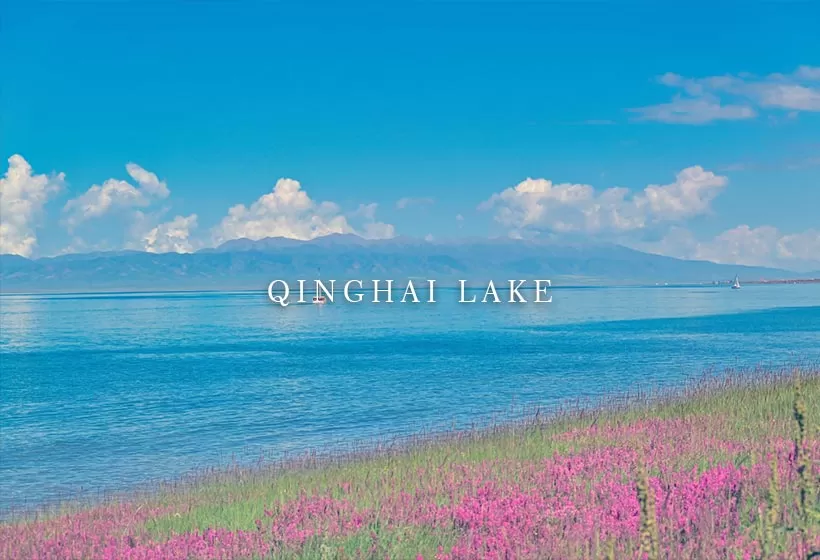Qinghai Travel Guide, How to Plan a Trip to Qinghai
Qinghai, is located in western China, occupying the northeastern part of the "Roof of the World", Qinghai-Tibet Plateau. It is named after Qinghai Lake, the largest inland saltwater lake in China. As the source of the Yangtze, Yellow, and Lancang Rivers, Qinghai is often referred to as the "Source of Three Rivers" and is praised as the "Water Tower of China". Covering a total area of 722,300 square kilometers, it accounts for one-thirteenth of China’s land area, with an average elevation of over 3,000 meters. Qinghai borders Gansu to the north and east, Xinjiang to the northwest, Tibet to the south and southwest, and Sichuan to the southeast, serving as a vital link between Tibet, Xinjiang, and inland China.
Qinghai boasts vast landscapes, magnificent mountains and rivers, a rich history, diverse ethnic cultures, and vibrant traditions. Strategically significant in terms of ecology, resources, and stability, Qinghai’s beauty is pristine, diverse, and irreplaceably unique.
Why Qinghai
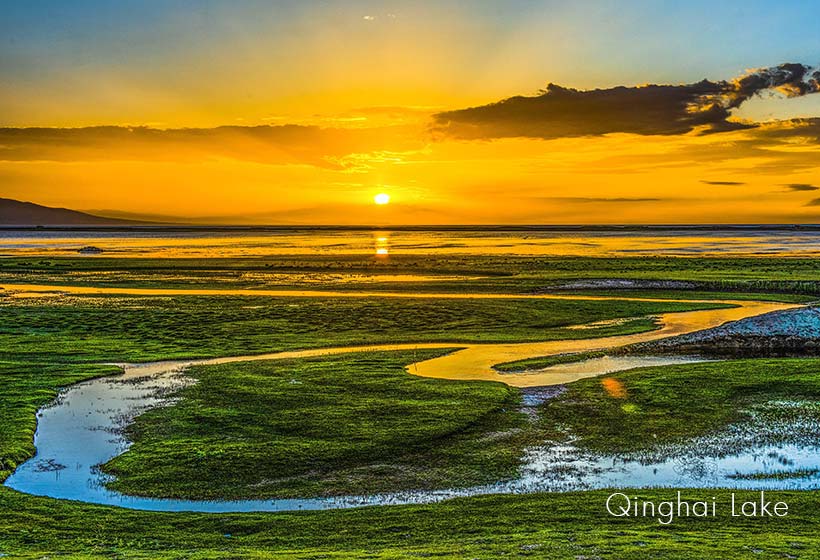 Qinghai Lake
Qinghai LakeBeautiful Qinghai, perched atop the Roof of the World, resembles an uncut gem—rugged yet radiant, ordinary yet extraordinary. This mystical western land, veiled in a delicate haze, exudes an air of mystery, offering a sanctuary for the soul.
Qinghai’s beauty lies in its towering mountains, vast waters, and profound culture—its unique imprints and symbols. No matter where you come from or where you’re headed, the simple kindness of its people will touch your heart, the unparalleled beauty will leave you in awe, and the ancient, enigmatic aura will captivate you, stirring something deep within.
As they say, where one journeys, one gains insight. In Qinghai, take your time to savor its essence—like fine wine, it intoxicates the senses. Qinghai, a place where the soul finds its bliss.
History and Culture
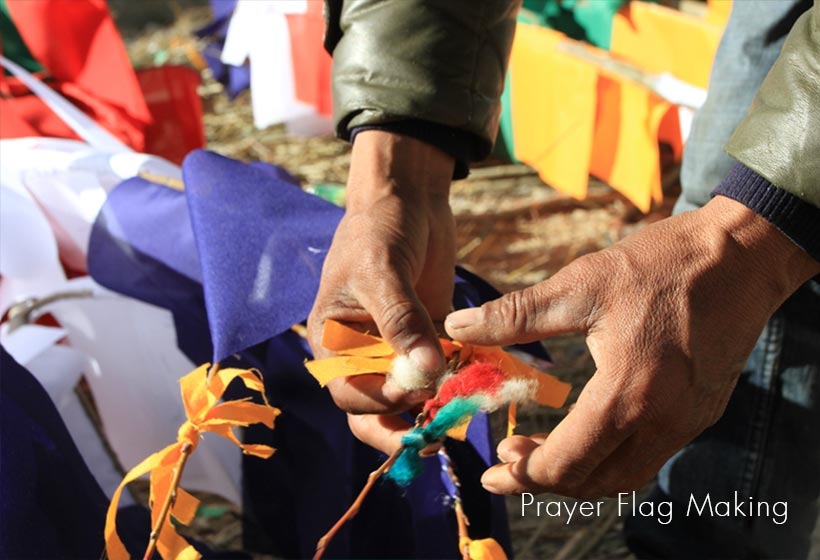 Prayer flag
Prayer flagTens of thousands of years ago, ancient humans thrived in Qinghai. During the Shang Dynasty and the Zhou-Qin period, Qinghai was known as the land of the "Western Rong and Qiang tribes". In the Han Dynasty, Emperor Wu established Linqiang County and Poqiang County in Qinghai. During the Tang Dynasty, the region was under the rule of the Tibetan Empire. In January 1929, Qinghai Province was officially established.
Qinghai is one of the cradles and key sources of ancient Chinese civilization. The Silk Road, the Ancient Tang-Tibet Route, and the Tea Horse Road all passed through Qinghai, shaping a diverse cultural landscape centered around Kunlun culture and enriched by the traditions of various ethnic groups.
Attractions in Qinghai
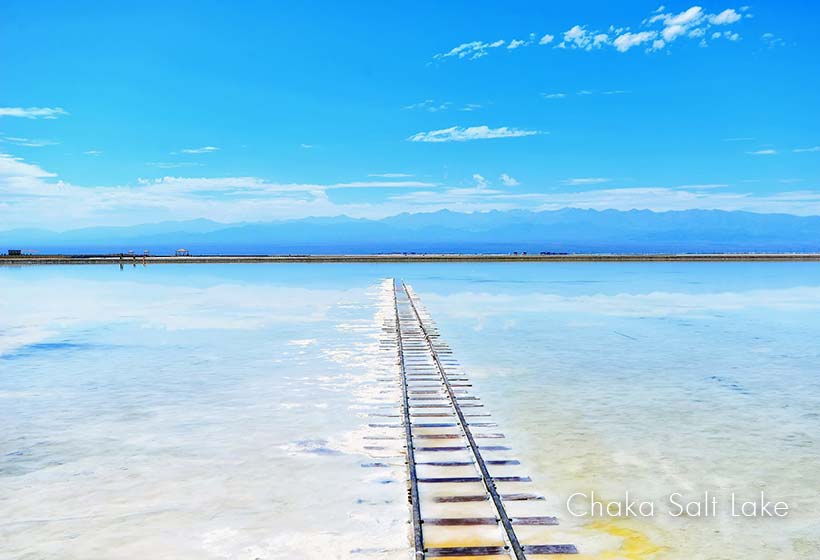 Chaka Salt Lake
Chaka Salt LakeQinghai, the radiant pearl of western China, is a vast and sparsely populated land with breathtaking natural beauty. It is the dream destination for every traveler, where crystal-clear blue lakes and sacred snow-capped mountains intertwine to create the most magnificent scenery of the northwest.
When talking about Qinghai’s famous attractions, one cannot overlook Qinghai Lake. As the largest inland saltwater lake in China and one of the most beautiful lakes in the country, its pristine blue waters resemble a flawless sapphire set amidst the highland grasslands. The "Mirror of the Sky" Chaka Salt Lake, the "Cloud Ranch" Zhuo'er Mountain, the Buddhist sanctuary of Kumbum Monastery, and the "Forbidden Zone of Life" Hoh Xil—all these destinations, scattered like stars, radiate Qinghai’s unique charm.
Delicious Food
When it comes to Qinghai's cuisine, it undoubtedly stands out as one of the most distinctive elements on China's culinary map. These dishes are not only delicious but also bold and robust, much like the eagles soaring over the plateau, carrying an indescribable wildness and the fresh aroma of nature. Once tasted, they leave an unforgettable imprint on the heart, impossible to forget.
Enjoy Everything in Qinghai
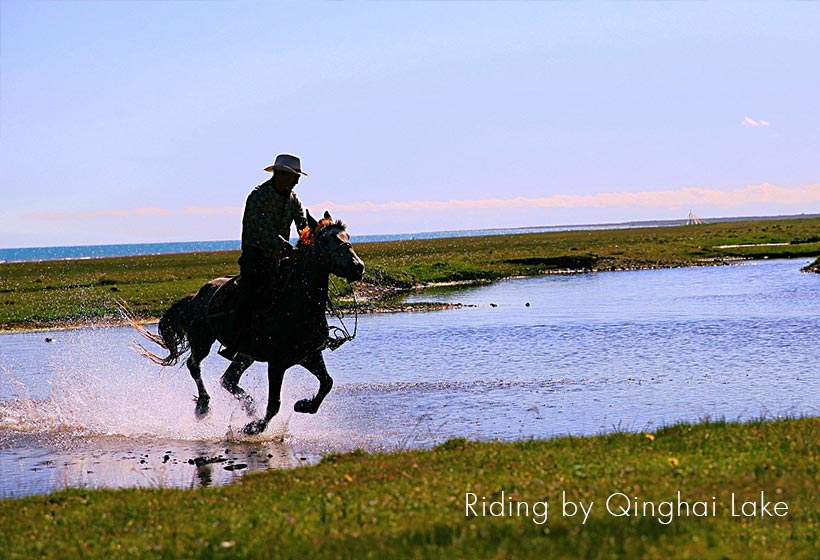 Horses by Qinghai Lake
Horses by Qinghai LakeWait for a once-in-a-lifetime sunrise by the vast Qinghai Lake; embrace speed and passion on the endless Qilian Grassland on the horseback; take the "Mirror of the Sky" train to uncover the mysteries of time beneath Chaka Salt Lake; embark on a pilgrimage around the sacred Amne Machin Mountain, experiencing both physical and spiritual purification. In Qinghai, immerse yourself in nature’s blessings, where all worries melt away.
Best Time to Visit Qinghai
The best time to visit Qinghai is from May to September, when the weather is warm and dry. During this time, thousands of acres of rapeseed flowers bloom in full glory around the lake, with golden hues encircling the vast expanse of deep blue waves. The alpine pastures are adorned with wildflowers in a riot of colors, resembling silk and brocade, while countless robust cattle and sheep graze peacefully, dotting the landscape.
During the summer, the temperature ranges from 20-30 degree Celsius (68-86 degree Fahrenheit), making it comfortable for outdoor activities and sightseeing. However, it can get quite crowded during this time, so it's best to plan your trip in advance.
If you prefer to avoid the crowds, spring (April to May) and autumn (September to October) are also good times to visit Qinghai. The weather is mild and the scenery is just as beautiful.
Travel Itineraries for Qinghai
 Menyuan rape flower
Menyuan rape flowerIf you're planning a trip to Qinghai, consider visiting the stunning Chaka Salt Lake, taking a ride on the high-elevation Qinghai-Tibet Railway to experience the breathtaking scenery, exploring the historic and culturally rich Rongwo Monastery, hiking through the unique geological formations of Mount Kunlun Geopark, and learning about the traditional medicine practices and cultural heritage of Tibet at the Tibetan Medicine & Tibet Culture Museum in Xining.
Customize Your Unique Qinghai Plateau Tour

If you are interested in the Qinghai itineraries mentioned above, please contact us, and we will be happy to customize it and provide a quote tailored to your preferences.
Alternatively, if you would like to customize your Qinghai Tour, please visit our Qinghai Tour Customized Center. We assure you that you will receive a reply within 24 working hours.
Informative Articles for Your Qinghai Trip
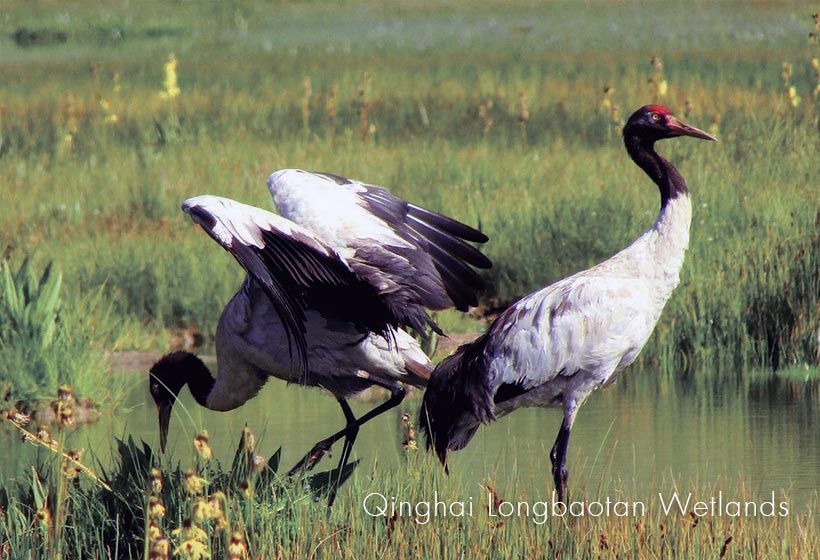 Qinghai Wetland
Qinghai Wetland- Travel Guide: attractions, weather, hotels, food, etc.
- Weather: the best time and seasons to visit Qinghai
- Top attractions: sightseeings to watch in Qinghai
- Local culture: brief history, folk culture, festivals, etc.
- Top destinations: best places to visit in Qinghai
- Travel itineraries: itineraries for your reference
- Abundant activities: Qinghai cultural immersions
- Unique perspective: top interesting things to do
- Local food: what to eat while traveling in Qinghai
- Luxury hotels: accommodation to stay in Qinghai
- Qinghai Tours: customized tours for your reference
GREAT FAMILY CHINA TOUR
JULY 2024 We wanted to thank Grace at China Culture tour for organizing a great tour of China. We enjoyed our Beijing - Xian-Chengdu -Guilin -Yangshuo - Shanghai trip. Our local guides Bruce in Beijing, Susan in Xian, Jane in Chengdu, Mike in Guilin and Mary in Shanghai took care of us…read more details »
Teng Han L from SINGAPORE
Ready to Create a Unique Dream Travel?
